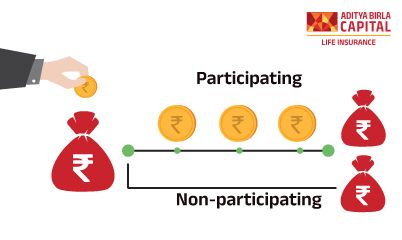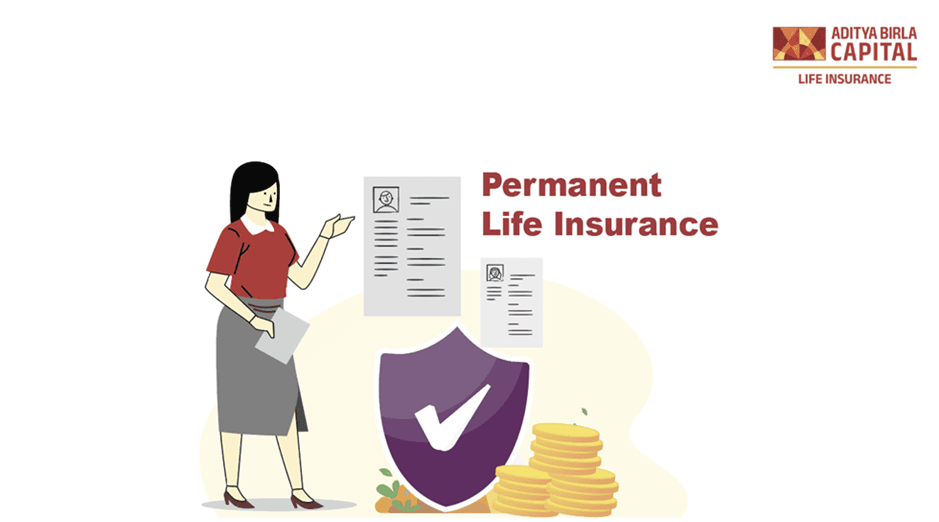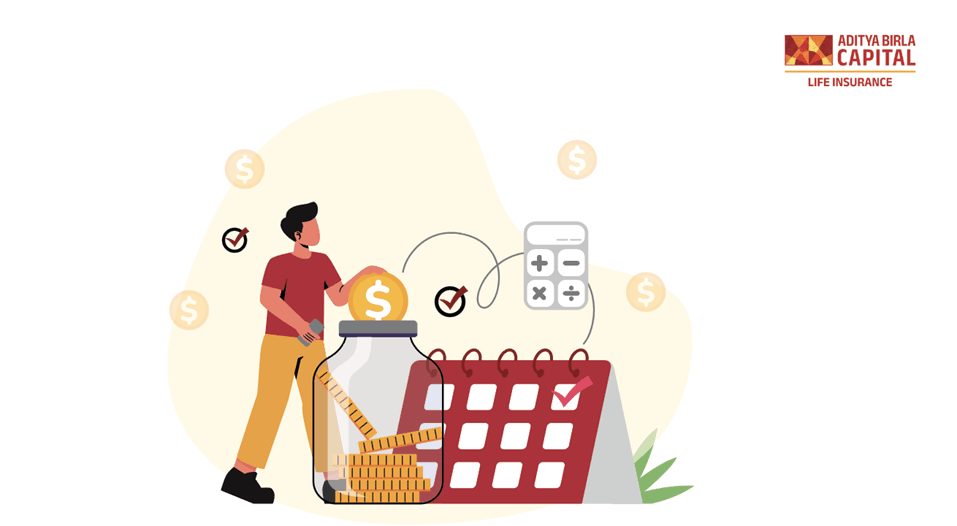Life insurance policies today provide a number of benefits, including safeguarding your family's financial future and assisting you in reaching a number of objectives, such as purchasing a home or covering a child's wedding, dual tax% advantages, and so on. Additionally, life insurance policies that have a savings component help you in preserving your wealth.
Did you know there is a certain type of life insurance that helps you grow your wealth to keep up with changing times? Well, yes - a Unit Linked Insurance Plan or a ULIP@ combines the benefits of both investment and insurance. It lets you build your wealth over time in addition to safeguarding your loved ones with an insurance cover. Let’s have a look at what ULIPs@ are in detail - and how they can help in growing your wealth!
Unit-Linked Insurance Plan
The premium paid towards a ULIP@ is divided into two sections -
- One part is invested in the stock market.
- The remaining part is dedicated to providing a life cover.
So, basically, a ULIP@ consists of two components: -
- Unit-Linked Investment
- Insurance Plan
Unit-Linked Investment
ULIPs@ are the only insurance policies that generate returns by investing in the stock market. So, these returns are linked to the stock market - unlike traditional life insurance plans.
What Happens When You Invest In A ULIP@?
-
ULIPs@ help your money grow because of their ‘compounding effect’. You invest money in stock market funds of your choice, and in return, you get good returns because of the compounding nature of the investment, especially over a long period of time. Your earnings are reinvested in the funds, which generates further returns. The longer you invest, the higher your returns.
-
Insurance companies collect all the premiums paid by policyholders like you into a pool called market funds. Market funds are managed by Fund Managers, whose job is to generate maximum returns for investors.
-
Insurers offer you different types of funds. These are a blend of different asset classes. Based on your risk tolerance and financial goals, you can choose the type of fund you wish to invest in.
Types of Asset Classes
- Equity Market Instruments
Your premium is invested in an equity market instrument, where the company shares are issued and traded. Investing in equity instruments comes with higher risks, but they can also provide higher returns.
- Debt Market Instruments
Your premium is invested in various forms of debt instruments like corporate bonds, government securities, certificates of deposit, etc. These investments entail low risk since they usually generate fixed returns.
- Money Market Instruments
These are debt instruments, also known as Cash Fund or Liquidity Fund. The fund manager invests your money in short-term money market instruments, such as commercial papers, bank deposits, treasury bills, etc.
Generally, risk-averse investors opt for these investments because they are highly liquid and provide favourable returns. A money market fund typically matures in one year, while debt market instruments might take a bit longer, say, five years.
What Happens After You Select A Fund?
1.Your money is converted into units in accordance with the Net Asset Value of the fund on the day in question.
Net Asset Value (NAV) is the market value of the fund you are investing in on the investment date. This value changes every day, just like stock prices.
So, Number of units = (Invested Money Charges)/Net Asset Value
Example: Priya, a 30-year-old, buys a ULIP@ on 1st August 2022 with a premium of Rs 40,000. Suppose the NAV on the day of policy purchase was Rs 100. After applying the charges (discussed later) to the policy, an amount of Rs 35,000 is invested in the fund.
The number of units = ( Money invested in the fund - Charges)/Net Asset Value = 35,000/100 = 350 units.
2.Next, the Fund Value is calculated. It is the market value of your investment or the total number of units you own with the insurance company on a given day. As the NAV changes every day, so does the fund value of your investment.
Fund Value = NAV x Number of Units
Example: Let’s recall Priya’s case. She has 350 units with her now.
Let’s assume that the NAV on 1st September 2022 was Rs 300.
Fund Value = NAV x Number of Units = 300 x 350 = Rs 1,05,000.
3.The entire premium you pay is not invested in funds. The insurance company deducts certain charges to maintain the fund.
Various kinds of charges imposed by the insurance company -
Premium Allocation Charges
To cover expenses such as underwriting costs, agent commissions, and medical expenses, certain percentages of the policy purchase premiums and renewal premiums are deducted. The charges shall be deducted from the premium amount before it is invested in the fund and units are created.
Policy Administration Charges
The insurance company charges a monthly fee for the administration of your policy. The deduction of charges is done by cancelling the units proportionally from your chosen funds.
Fund Management Charges
The insurance company charges a percentage of the fund's value for managing your funds. The charges are applied before the NAV is calculated.
What Happens On Policy Maturity?
In the event that you survive the policy period, the maturity benefit will be paid to you. The maturity benefit of ULIPs@ is one of its major features. It is equal to the fund value as calculated on the policy maturity date. After the maturity benefit is paid to you, the insurer will terminate the policy.
Insurance Plan
A ULIP's@ insurance component provides a death benefit to your loved ones if you pass away during the policy period. They can use this money to cover their expenses to meet their day-to-day expenses, pay off existing debts, etc. and have a secure future without compromising on their standard of living.
Here, the death benefit can either be -
The sum assured or the fund value, whichever is higher.
OR
The sum assured plus the fund value.
Here Are Some Important Things To Know About Death Benefits:
- Generally, a sum assured is equal to 10 times the annual premium. It can also be a multiple of premium, say 15 times or 20 times the premium, depending on the product.
- If you withdraw money from your fund value, during the 2 years prior to your date of passing away, that amount will be deducted from the death benefit.
- Mortality Charges will be deducted by the insurance company for providing a death cover. The charges may vary across individuals and are dependent on factors like age, gender, etc. Units are deducted proportionately from your chosen funds on a monthly basis.










